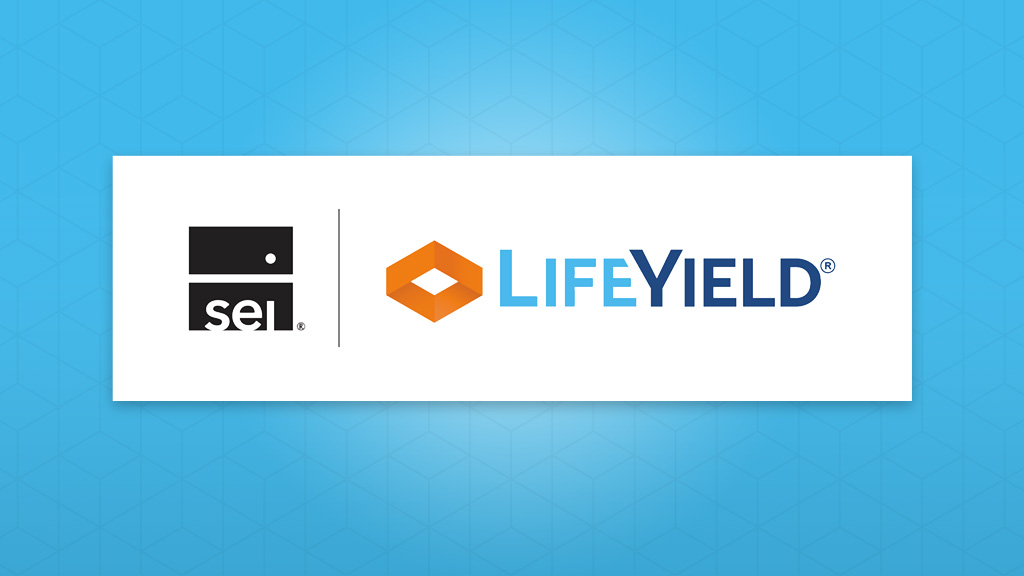How Advisors Can Best Optimize Decumulation Planning for Retirees

Retirement triggers many changes – some satisfying, others frightening. Retirees look at the world differently than they did while in the workforce. From a financial standpoint, perhaps the most significant change comes from knowing how much they’ll find in their paychecks each month to figuring out how much they’ll need to withdraw from their portfolios of taxable and tax-advantaged accounts.
In investment-speak, this change is one from the accumulation phase of investment to its opposite: decumulation. And just as accumulating assets was a process that had to be tailored to each client and his/her household’s circumstances, decumulation requires financial advisors to take personalized and customized approaches.
A lot hangs on it – the financial security of your clients and the viability of their portfolios to fund their needs after their retirement for the rest of their lives. Financial advisors primed to create decumulation plans can put clients at ease, earn referrals to their friends and family, and retain more assets under management for longer.Optimal decumulation planning has three key components:
- Understanding retired clients’ spending needs and behavior.
- Helping clients minimize taxes, so they maximize their retirement income.
- Embracing technology to figure out the next-best moves at every stage before and in retirement.
Understanding the Spending Behaviors of Retirees
Financial advisors approach retirement planning through accumulation and realize its benefits through decumulation planning. A big part of the decumulation process is understanding the spending behaviors of their clients who are – or soon to be – retirees and the factors that are out of their control, such as inflation and market behavior.Typically, retiree expenses cluster around these categories:
Housing
Even retirees who have eliminated their loans and mortgage payments will have property taxes, maintenance and repairs, homeowners’ association fees and insurance to pay for.
Medicare
Medicare doesn’t pay it all! That may surprise some clients. There’s a premium for Medicare Part B coverage for doctor’s visits. Premiums are assessed on a sliding scale based on income.
To help pay for expenses that Medicare doesn’t, individuals often buy the Medicare Advantage plan or Medicare supplement (or “Medi-gap”) plan. To cover prescriptions costs – some of the fastest growing healthcare costs – individuals often pay another premium for Medicare Part D coverage. It adds up.
Healthcare
There are many expenses that Medicare doesn’t pay for. These include eyeglasses, hearing aids, and dental care. The Medicare plan described above has copays, coinsurance, and other out-of-pocket expenses.
A Medicare Advantage plan, for example, may only cover costs with in-network doctors and hospitals. Wanting to visit one that is out-of-network will be expensive.
Taxes
Retirees who are used to seeing large withholding lines on their pay stubs may think they’ll have some relief. They could be shocked. Social Security earnings, for example, are taxable for many.
Those who have tax-advantaged retirement accounts, like 401(k)s or individual retirement accounts (IRAs), are compelled by a certain age (it’s now 72) to start taking minimum required distributions (RMDs) that are taxable at ordinary income tax rates.
Food, Clothing and Entertainment
No longer “dressing for success” can save retirees some money, but food costs continue to soar, and more free time means more time to fill by dining out or enjoying activities with fees or other charges.
This all means that the need to generate lifetime income for retirement is more significant than it was for previous generations – and promises to stay that way for future ones.
The complexities of modern personal finance put the financial advisor at the center to help people make wise choices while saving for retirement and realistically assess what they’ll need to fund their retirements.
Financial advisors and investment specialists help retirees in their retirement planning by diversifying their portfolios and guiding them in investing their retirement income in various retirement income solutions, for example, fixed assets, mutual funds, deposits/savings ,etc.
How Advisors Can Help Retirees Minimize Taxes to Maximize Income In Decumulation
Investors tend to focus on returns, returns, returns. And to be sure, those are important. But financial advisors can really stand apart in maximizing tax efficiency to generate better returns during accumulation and more income in decumulation.
Some of the practices that, together, can generate “tax alpha” (and more retirement income) for clients are:
1. Asset Location
The most effective way to improve after-tax returns is to locate assets in the optimal accounts for minimizing taxes while maintaining a client’s target asset allocation.
For example, investors should take advantage of the tax deferral of 401(k) plans and individual retirement accounts (IRAs) for holding assets such as mutual funds that generate capital gains and individual stocks they expect to appreciate.
2. Tax-loss Harvesting
Advisors know this routine: the annual call from a client’s accountant asking them to sell assets at a loss to generate some tax savings.
All in, tax-loss harvesting is a legitimate but over-valued tool. Asset location is a superior practice for advisors who want to save their clients money on taxes.
3. Tax-aware Transitions
Investors have to make trades as they consolidate accounts – as many do as they approach retirement – or move from one investment manager to another. Financial advisors must guide investors through those trades to minimize the tax consequences.
4. Optimizing Social Security Benefits
Advisors need to include Social Security income in decumulation planning. Specifically, they must show investors how they can get the optimal benefit over their lifetimes. Often (but not always), this means deferring benefits until those investors reach age 70, when they can get the maximum benefit.
5. Roth IRA Conversions
Early in retirement, investors may be able to benefit from slipping into lower tax brackets. An advisor’s analysis can help them figure out the short and long-term consequences of using a series of Roth IRA conversions to save on taxes and reward them with tax-free income later in life.
6. Required Minimum distributions (RMDs)
Investors need help timing and coordinating their RMDs, which must begin at age 72. Some may find that they don’t need the money that must withdraw, by law, from their tax-advantaged accounts. Roth IRA conversions (see above) are one tactic they may use.
7. Multi-account Household Rebalancing
Portfolios inevitably veer from their target asset allocations. Tax-smart, household-level, multi-account rebalancing is the best way to right those ships. Doing this on an account-by-account basis is not sufficient.
The Role of Technology in Decumulation Planning and Retirement Income
The best financial advisor is like an orchestra conductor, part teacher, part expert, and part visionary. A conductor has a woodwind, brass, string, and percussion sections.
A financial advisor’s “work of art” is, for each client, a customized decumulation plan that selectively activates and coordinates:
- Asset Location
- Roth Conversions
- Tax-loss Harvesting
- Tax-aware Transitions
- Household Rebalancing
- Sequencing RMDs
- Social Security Filing
- Pension and Annuity Income
A conductor works from a piece of music. Advisors create a new plan for each client to maximize their retirement income. While a conductor doesn’t like to put down the baton, an advisor can and should abandon the manual work they used to do to accomplish the best outcomes for clients.
Many firms are adapting LifeYield tax-minimization and Social Security optimization technology to their technology stacks. They are creating what the growing retiree market demands — detailed, step-by-step decumulation plans based on the investor’s financial means and goals.
LifeYield Retirement Income Sourcing, the latest addition to the LifeYield technology library, integrates directly with firms’ financial planning systems to create automated, personalized, and tax-efficient portfolio decumulation strategies.
Clients will be humming a happy tune when they can rest easy, knowing how their accumulated assets will become a stream of income they can rely on for life.
Monthly insights from our Chief Growth Officer, Jack Sharry
Get exclusive insights and interviews from around the industry

 By
By 




